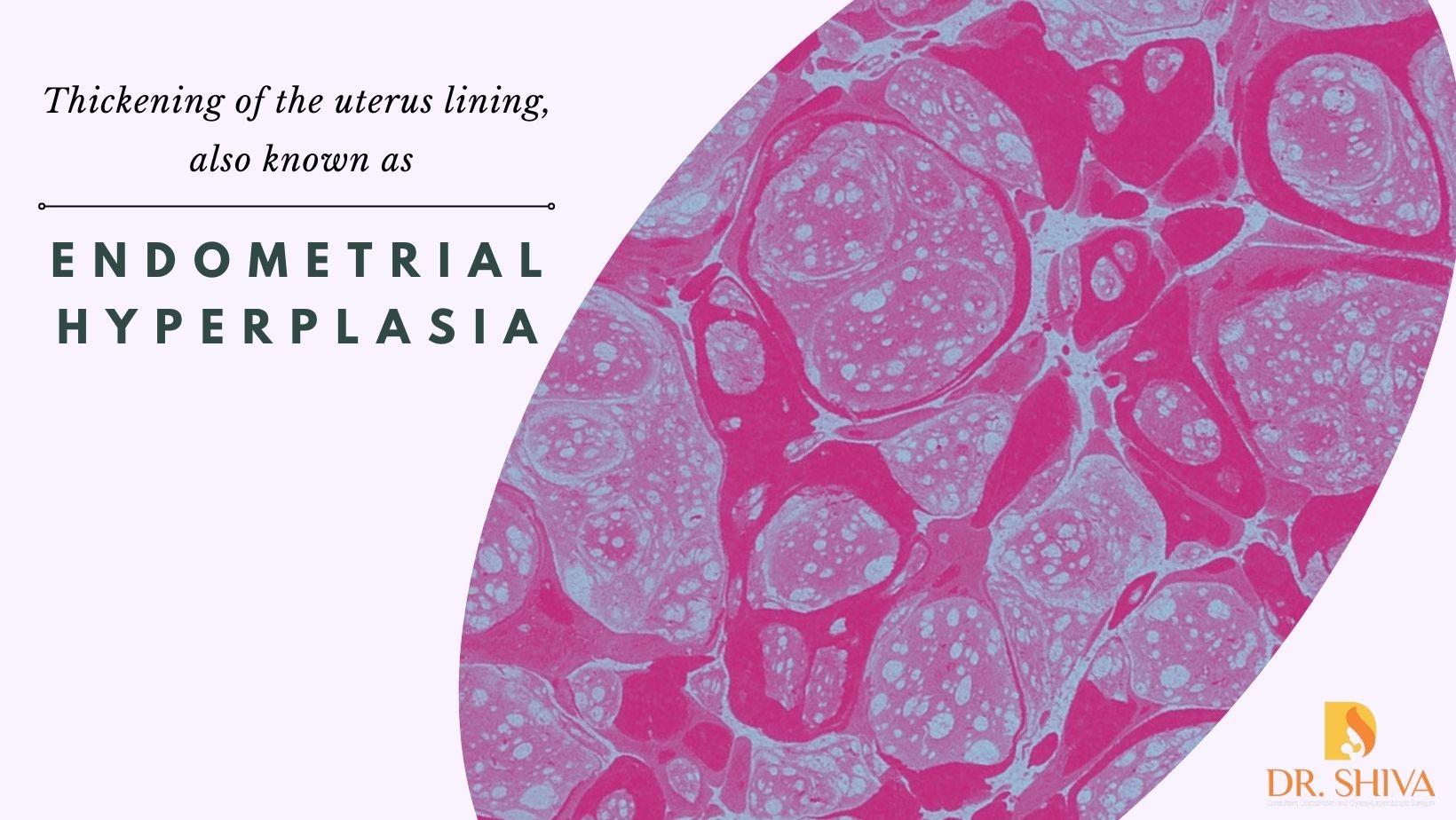
When the uterus lining or endometrium becomes very thick it is known as endometrial hyperplasia. Though it is not cancer, there is a risk of developing endometrial cancer. Endometrial hyperplasia is extremely rare. It can cause unusual or abnormal uterine bleeding.
Causes
The endometrium keeps changing based on the hormone levels. Reduced production of the hormone progesterone and having too much estrogen cause endometrial hyperplasia. The hormone progesterone prepares the uterus for pregnancy and estrogen thickens the endometrium. When conceptions don’t occur the progesterone level drops triggering the uterus to shed the lining. Once it has been shed the next menstrual cycle starts.
Women having endometrial hyperplasia produce a low amount of progesterone due to which the endometrial lining doesn’t shed, and it keeps growing and thickens.
Obesity is another factor that can cause high levels of estrogen because the adipose tissue converts the fat-producing hormones to estrogen.
What conditions lead to endometrial hyperplasia?
- menopause, when progesterone is not produced as ovulation has stopped
- the perimenopausal stage when ovulation does not occur regularly
- when using medicines that act like estrogen that is used for cancer treatment.
- having diabetes
- irregular periods especially caused due to PCOS
- undergoing hormone therapy and not using progesterone
What are the risk factors that can increase the chances of having endometrial hyperplasia?
- Never been pregnant
- Obesity
- Early menstruation or late menopause
- Having a family history of uterine cancer
Types
Simple endometrial hyperplasia – this has normal-looking cells which will not be cancerous and may improve without treatment.
Complex endometrial hyperplasia – the abnormal cells may cause precancerous conditions. Treatment is necessary else chances of having cancer will increase.
Symptoms
- Heavy bleeding or bleeding that lasts longer than expected.
- Irregular periods
- Bleeding after menopause
What are the methods to diagnose for this condition?
Transvaginal Ultrasound – a small device is placed in the vagina and sound waves are send. This is then converted into images which will be examined.
To help identify if the cells are cancerous, it is necessary to take a sample of tissue from the endometrium. Procedures used for this include hysteroscopy and endometrial biopsy.
Treatment
Progestin can be provided for treatment. The dosage, duration and method of providing it vary depending upon the age and type of hyperplasia.
If the patient has no plans to have children in the future and if they are not responding properly to the treatment, a hysterectomy may be suggested.
Can it be prevented?
- If you are having estrogen after menopause, make sure to take progestin too
- Have birth control pill for irregular periods
- Maintain a healthy weight.
Complications
Heavy bleeding can make the woman anaemic.
If untreated the chances of cancer developing are around
- 8% in simple endometrial hyperplasia
- 30% in complex endometrial hyperplasia.
For more details kindly contact us.

